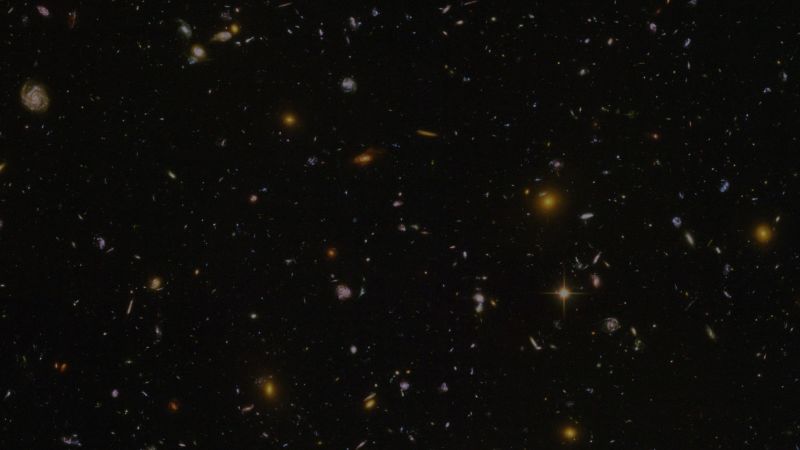
Instead of Burning Up, NASA’s Space Junk Crashes Into a Florida Home – Not As Planned!
Body:
NASA recently came under scrutiny because of an accident involving space station debris falling onto a Florida home. Initially, NASA had predicted that the space station’s garbage would burn up upon reentering the Earth’s atmosphere, a typical and tested method for disposing of space waste. This event however took a turn for the unexpected when debris ended up crashing into residential property, giving the space agency a fresh and viable concern about the safety and validity of widely adopted orbital disposal methods.
Spacecraft, including the International Space Station (ISS), generate significant amounts of waste, including everything from discarded machinery parts to the astronauts’ food packaging. NASA customarily thrusts these waste into space, believing that the intense heat and friction experienced during reentry into Earth’s atmosphere will cause them to disintegrate before reaching the Earth’s surface.
In this unprecedented incident, however, a piece of space garbage did not burn up as anticipated but instead made its way to the Earth’s surface and crashed into a house in Florida, causing significant damage but fortunately no injuries.
Critics of the space debris disposal method have frequently voiced their concerns about the potential risks of this type of uncontrolled reentry. This recent occurrence has only heightened these concerns, leading to a renewed call for an overhaul of the current space waste management practices.
Following the incident, NASA has launched an investigation to understand why the piece of debris did not burn up as predicted. The agency is at the forefront in conducting detailed analyses of the trajectory of the debris, its size, composition and the speed at which it was travelling. These pieces of information will be critical in finding out where the predictions went wrong and in suggesting modifications to current practices.
The incident has triggered a new debate about the effects of human activity, not just on Earth, but also beyond the planet’s confines. As we become an increasingly space-faring species, the consequences of our actions extend beyond our atmosphere, affecting space—a previously untouched realm.
This event presents an example of why it’s necessary to think more deeply about long-term space waste disposal and the need for sustainable methods. Potential solutions could include more careful tracking of space debris, advanced predictive models for reentry, and developing systems to actively remove debris from orbit.
Creating systems that allow for controlled reentries could be another approach. Such systems would allow agencies to dictate where debris would fall, ideally over a non-populated area such as an ocean. All these possibilities require substantial research, investment, and a high level of cooperation between multiple countries and international agencies.
As more countries and private companies venture into space and the amount of space debris continues to grow, ensuring the safety of individuals on Earth becomes an even more pressing issue. The recent event in Florida serves as a reminder of the importance of this issue, prompting NASA and other similar agencies around the world to rethink how we manage space waste to ensure the safety of both our planet and its inhabitants. With any luck, this incident will catalyze more robust and sustainable garbage disposal methods in space.
